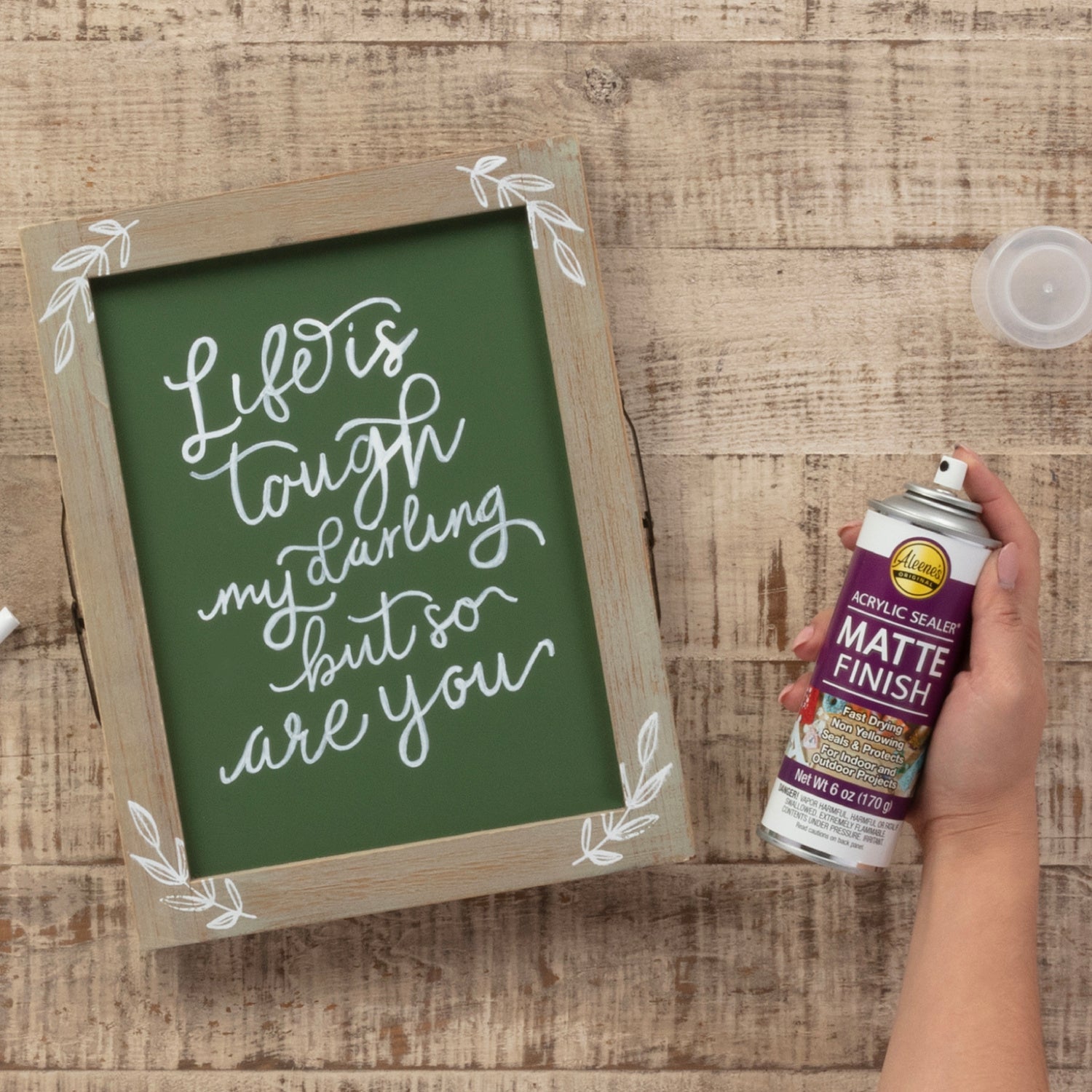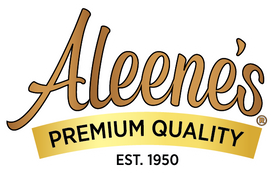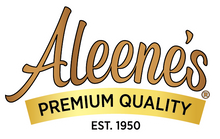Learn All About Glue's History and Interesting Facts
Glue is the sticky stuff that holds things together. Glue is particularly useful for crafting, hobbies and household repairs, and can be mixed with other substances to create slime or applied to a small cut to form a makeshift bandage.
In fact, glue has hundreds of usesit's no wonder that there are a few tubes of glue in every classroom, office supply room, kitchen, and garage.
History of Glue
The earliest known use of glue is on cave paintings from more than 5000 years ago, with adhesive substances added to paint to help it stick.
Early glues were made from organic materials (often animal-based) containing collagen. Some of these animal glues were used by the ancient Romans to glue pottery, mosaics, and wood objectsmany of which are still intact thanks to glue.
The first PVA-based glue was launched in 1947 and marketed as an all-purpose glue.
In the 1950s, florist Aleene Jackson created a thick tacky white glue to use for her floral arrangements. Glue d'Aleene became so popular that she started bottling and selling it, eventually changing the name to Aleene's Original Tacky Glue.
The recent slime trend has brought renewed attention to tacky glue, as its use is seen by millions of Instagram and YouTube users.
Today there are more than 60 Aleene's adhesive options with more being developed.

Aleene Jackson, Creator of Aleene's Glues in the 1950's.
Her glue was first used for floral arrangements.
What Glue is Made of
Most modern glues are chemical based and manufactured with synthetic materials.
White glue or school glue is more formally known as PVA glue. PVA stands for polyvinyl acetate glue and refers to the type of resin used in the glue. Glues are generally made from a combination of PVA, water, ethanol, acetone and other substances. Water is used to modify the glue's consistency; other ingredients control the rate at which the glue dries out.
PVA glue is odorless and does not break down or yellow over time. PVA glue remains flexible when dry and does not affect the PH balance of papers, photos and other items it's used on.
The exact formula for Aleene's Original Tacky Glue is proprietary information and therefore cannot be shared, but rest assured that it is nontoxic and safe for use the classroom as well as in the home. Make sure to check the label of any glue before using, as all products containing toxic materials are required to print a caution message on all labels.
How Glue Is Made
Glue is made by a process involving a chemical reaction of acetylene and acetic acid, creating the compound polymer polyvinyl acetate (PVA). This polymer is added to an emulsion (or mixture) to create glue; additional chemicals are added to preserve the glue and to prevent it from drying out in its bottle.
Why Glue Is Sticky
Adhesives like glue contain chains of proteins that bond with the molecules of the surface they are spread on, entering the tiny holes (pores) and spaces of the material. When glue dries over a surface, it hardens, causing the molecules to stick together.
Aleene's uses a specially formulated resin in the Aleene's Original Tacky Glue formula that gives it a high initial tack (grabbing power) and bonding strength; its thick formula helps it grab and hold items on contact. Other glues tend to use more filler materials and less adhesive, causing the glues to be less effective.
How Long Glue Lasts
Glue has a long shelf life. All Aleene's glues, for instance, are treated with a biocide to prevent bacteria growth. If a glue bottle is capped tightly, the glue should last a long timeas much as 10 years or more. If it still flows smoothly out of the bottle tip without being clumpy or stringy, the glue should be fine to use.
As to how long glue can hold, in ideal circumstances, glues keep things stuck together indefinitely. Best of all, Aleene's glues are formulated to dry clear and will not turn yellow over time.

Aleene's glues are formulated to dry clear and won't turn yellow over time.
Cleaning and Removing Glue Residue
Glue residue can happen when using a spray adhesive and overspray sticks to the surface of the surrounding area, or if some of the glue presses out of the sections being glued together.
If the glue is still wet, clean away with a damp, soapy cloth.
If the glue has dried, you can try rubbing it away, carefully scraping it from the surface with a razor blade or using a glue remover product like Goo Gone. You can also try acetone (found in nail polish remover).
All Aleene's Tacky Glues can be removed with an all-natural, biodegradable citrus-based cleaner.
Glue Drying Times
How long it takes for glue to dry depends on several factors, including the type of glue used, how much glue was used for the project and the level of humidity in the area.
A general rule for white glues is to let the glue dry at least overnight for the bond to set. If there will be any weight bearing on the bond, allow the glue to dry for at least 48 hours. When the glue sets up, it does not always mean that it is completely dry, so best practice is to wait for the entire recommended dry time.
Glue Safety
PVA glue such as Aleene's Original Tacky Glues are nontoxic and safe for use. As with most substances, precautions should be taken to keep glue away from small children to avoid accidental ingestion. If swallowed, give two glasses of water to drink and consult a physician.
Types of Glue
|
|
Interesting Facts about Glue
-
It is estimated that about 40 lbs of glue per year are used for every person in America.
-
The ancient Egyptians used glue to produce papyrus.
-
The German inventor of the glue stick had been inspired by the twist-up feature of lipstick tubes.
-
Glue doesn't stick to its bottle because the amount of air in the bottle is insufficient for the water in glue to evaporate and dry out the glue. When glue is used to stick two things together, the water in the glue evaporates, allowing the polymers to bond the glued items together.
-
The glue on Israel's stamps is kosher.
-
Some glues are used in hospitals to keep wounds closed in place of stitches.
-
The inventor of Aleene's Tacky Glue, Aleene Jackson, hosted a show on PBS called Aleene's Creative Living.













